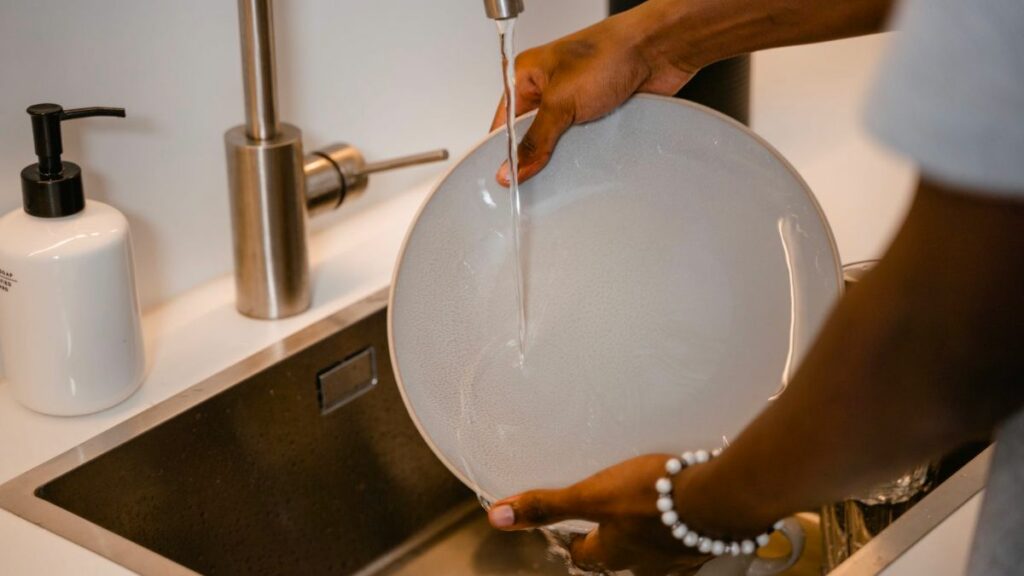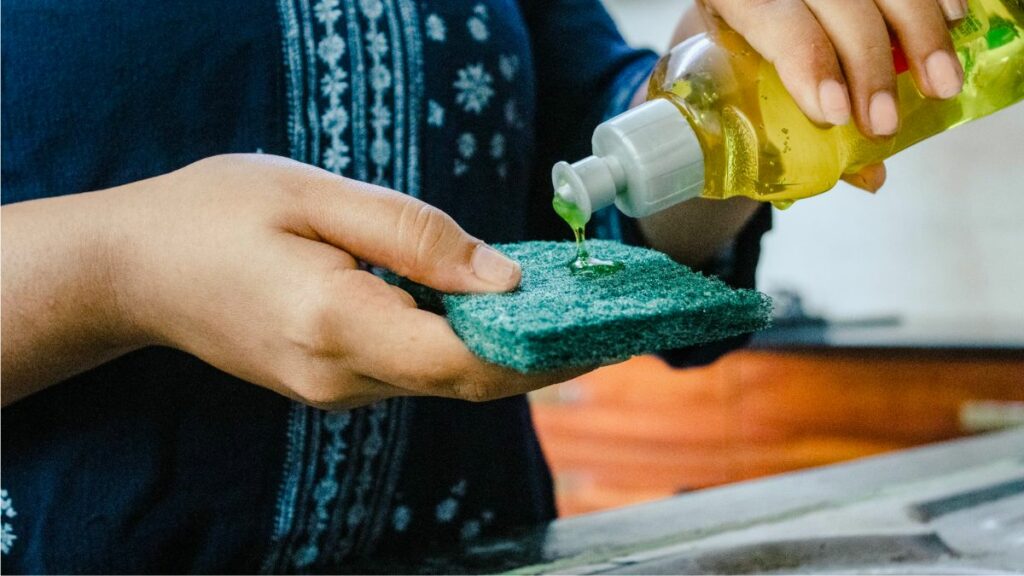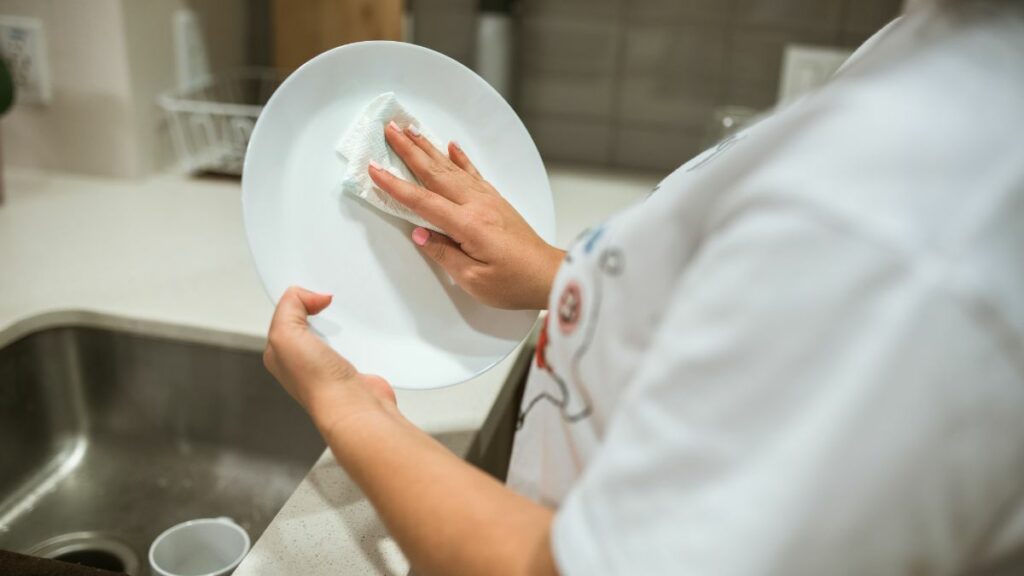Use a Dishwasher Correctly
While use a dishwasher can greatly reduce the amount of time and energy needed to clean dishes, it’s important that you know how to use yours properly. This includes following some simple tips that can have a big impact on the way your dishes come out after each wash.
Start by rinsing off large food bits and scraps in your sink before loading your dishwasher. Avoid over-rinsing, though; thorough rinsing can block dishwasher sprayers.
Loading
Dishwashers are a convenient and valuable kitchen appliance, but they can only do their best work if the dishes are loaded correctly. Incorrect loading can prevent spray jets from reaching every surface of a load, and result in less than sparkling clean dishes. Knowing how to load a dishwasher properly saves time and energy, as well as avoiding frustration when it comes to pulling out dirty dishes from the machine at the end of the cycle.
First, check your dishwasher’s user manual for specific loading instructions. This is an especially important step for new dishwasher owners, as it helps ensure a full and thorough cleaning of your dishes. Some machines have different configurations, but there are several general guidelines that apply across most models.
For example, tall items like trays or jugs should be placed on the top rack with their handles down to avoid blocking the spray arms. Also, curved dishes like bowls should be loaded and angled with their dirtiest side downward to help water flow around them. Finally, forks and spoons should be loaded with the handle down to protect against accidental cuts when unloading.
All lightweight and dishwasher-safe plastics should be loaded in the top rack. For the most space for glasses and cups, consider removing one of the rack’s tines to allow more room between them. It’s also a good idea to place delicate glassware on an angle instead of stacking them – this helps reduce the risk of breakage. Finally, don’t overcrowd the top rack – this can trap food residue and prevent the spray jets from reaching all surfaces of the dishes.
Cycles
A dishwasher’s main job is to spray hot water around your dishes and utensils. Powerful spray arms rotate to cover each dish and kitchenware level, blasting away food remnants, bacteria and detergent.
The water is then collected, filtered and heated before being pumped back to the spray arms or into a drain pipe (depending on your dishwasher model). The high water temperature breaks down, sanitises and dissolves detergent to create a cleaning solution that gets stuck in all those tiny cracks and crevices.
Different cycles use different temperatures, times and energy to offer the best clean for your dishes. Each cycle also has a different purpose, and reading your dishwasher manual should help you select the right setting for your load.
For example, a quick wash cycle uses extra heat, water and energy to clean lightly soiled dishes in about an hour or less. Some manufacturers refer to this as a fast program – Smeg goes with Ultra Quick 16min – while others, such as KitchenAid or Miele, call it ProWash.
Other cycles, such as a heavy wash, use higher temperatures and more water for pots and pans that are heavily soiled with baked-on food. This cycle isn’t recommended for everyday use as it can cause scratches on delicate cookware and glassware.
Many models also have an eco cycle that saves energy by using low water and drying temperatures. This is great for households that want to cut down on utility costs but still need an acceptable clean.
Water

Most dishwashers use water supplied from the home plumbing to wash dishes and sanitize the food. The water enters the dishwasher through a filter and the drain pump. A reversible or direct-drive pump motor circulates the water in the dishwasher, spraying it onto dishes during the washing cycle. The water is then pumped out through the drain hose or a drain sump into the garbage disposal or sink drain pipe.
Dishwashers are designed to retain a small amount of water in the sump to protect the housing seals from drying and cracking when not in use. If you see a large amount of water in the bottom of the dishwasher, it is likely a problem with the drain hose or sump.
Before beginning troubleshooting, turn off the power to your dishwasher and line the floor under the appliance with towels. Use a large cup to scoop the excess water out of the dishwasher and into a bowl or sink until the water is too shallow to scoop, then soak up the remaining moisture with towels.
Check the water supply valve at your kitchen sink to make sure it is turned open. If it is not, twist the valve to the open position. If you have a reversible or direct-drive drain pump, try using the reversing switch on the motor to switch the flow of water between the spray arms and the drain. If the water continues to pool in the dishwasher, replace the drain pump.
Spray arm propellers, which spray water over dishes during the wash cycle, can get clogged with food or hard water deposits. Clearing these blockages can help prevent water pools and improve the cleaning performance of your dishwasher. To clean a spray arm, remove it from the dishwasher and use a toothpick or a thin wire to clear each of the tiny holes. If the debris remains clogged, soak the spray arm in a tub of warm water and vinegar for 30 minutes.
Detergent

As far as detergent goes, you want to use only a brand that’s specifically formulated for dishwashers. Other soaps (like laundry detergent) will cause suds to leak from the dishwasher, which can ruin your dishes and make a mess all over your kitchen and living room.
You can find dishwasher detergent in liquid, powder and tablet form. Which one you choose will depend on your budget, preference and values. Tablets are convenient because they’re pre-measured, and the packs take the guesswork out of how much to add. They’re also environmentally friendly, since they produce less carbon emissions than the liquid and powder versions, according to the Ethical Consumer Research Association.
The best dishwashers have a pre-rinse compartment, which you can fill with extra detergent to help break down and dissolve heavy grease. You can also add an additive like a cup of baking soda to help get your dishes clean.
Some dishwasher detergents contain phosphates, which are bad for the environment, but it’s possible to find eco-friendly brands without them. Another option is to run a rinse cycle (without any detergent) after using the dishwasher to remove leftover suds and residue.
You can improve your dishwashing results by scraping extra food from plates and bowls before loading them and placing smaller dishes in the top rack. This allows water jets to reach them, and it helps the dishes dry more quickly. It’s also wise to run a wash or rinse cycle a second time — without any detergent — to clear out the soapy residue left behind from the previous cycles and ensure that your dishes are clean.
Rinse

A dishwasher uses hot water to wash dishes and sanitize the interior. However, the appliance itself can become grimy over time, causing mineral deposits or limescale to build up and reducing the effectiveness of its spray arms. You can clean the inside of your dishwasher with a microfiber cloth, sponge or paper towel dipped in warm, sudsy water and a little kitchen appliance cleaner or glass cleaner. You can also use a soft-bristle brush or old toothbrush to scrub hard-to-reach areas and nooks and crannies.
When you load your dishwasher, be sure not to place any items in a position that blocks the spray arm from reaching all surfaces of each dish. Load smaller dishes like bowls, mugs and cups on the top rack of your dishwasher and larger dishes, serving plates and utensil baskets in the lower racks. Position sharp objects like knives or forks facing downward to avoid warping.
The best way to keep your dishwasher clean is to prevent food stains and other grime from building up in the first place. Be sure to wipe away any food residue, finger marks or water stains as soon as you remove the dishes. You can also prevent stains by placing a few drops of lemon oil on the bottom of your dishwasher when you load it.
If your dishwasher is starting to smell stale, sprinkle one cup of baking soda across the bottom of the appliance and run a short, hot-water cycle. The slightly abrasive nature of the baking soda helps to absorb any food scents left behind and leaves you with a fresh-smelling, brightened, stain-free dishwasher.
A lot of people use vinegar when they wash their dishwasher because it works well at getting rid of hard water stains. You can also spray a solution of one part vinegar to three parts water on your dishwasher’s exterior, especially on stainless steel models.
When you’re loading your dishwasher, be sure to remove all utensils and food from the bottom of the basket. This will ensure that you don’t clog up your appliance and have to call in a plumber.
Next, fill the dishwasher with clean dishes and utensils. The first step is to make sure that the items you’re loading aren’t too heavy, and that there is enough room for them to be cleaned properly. This will save you time and energy.











